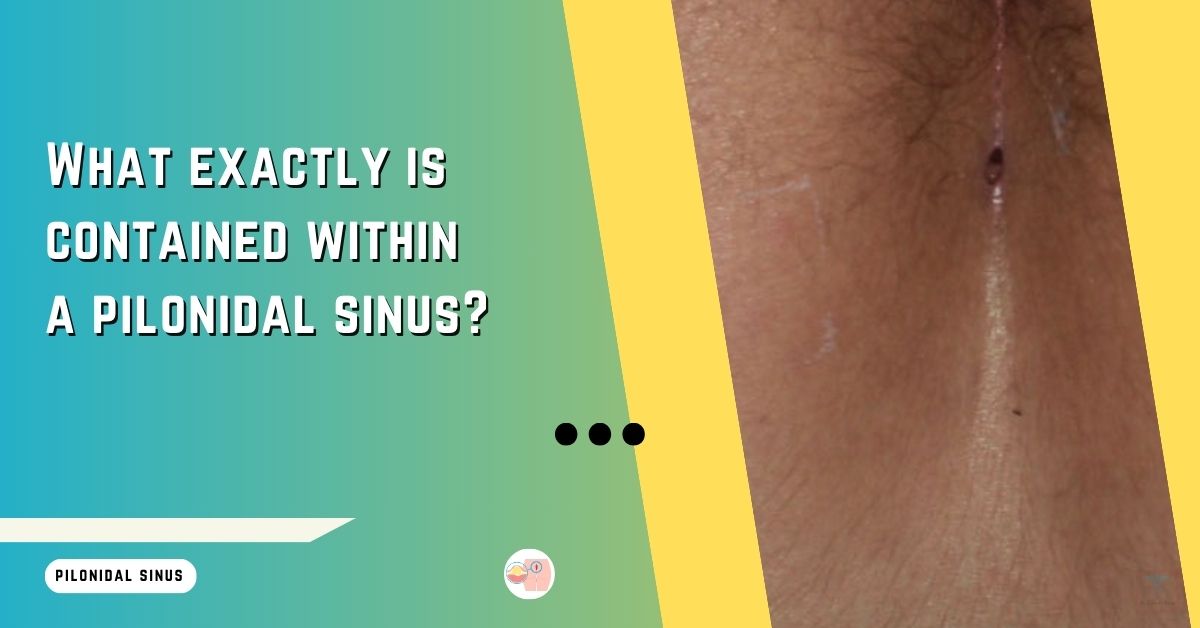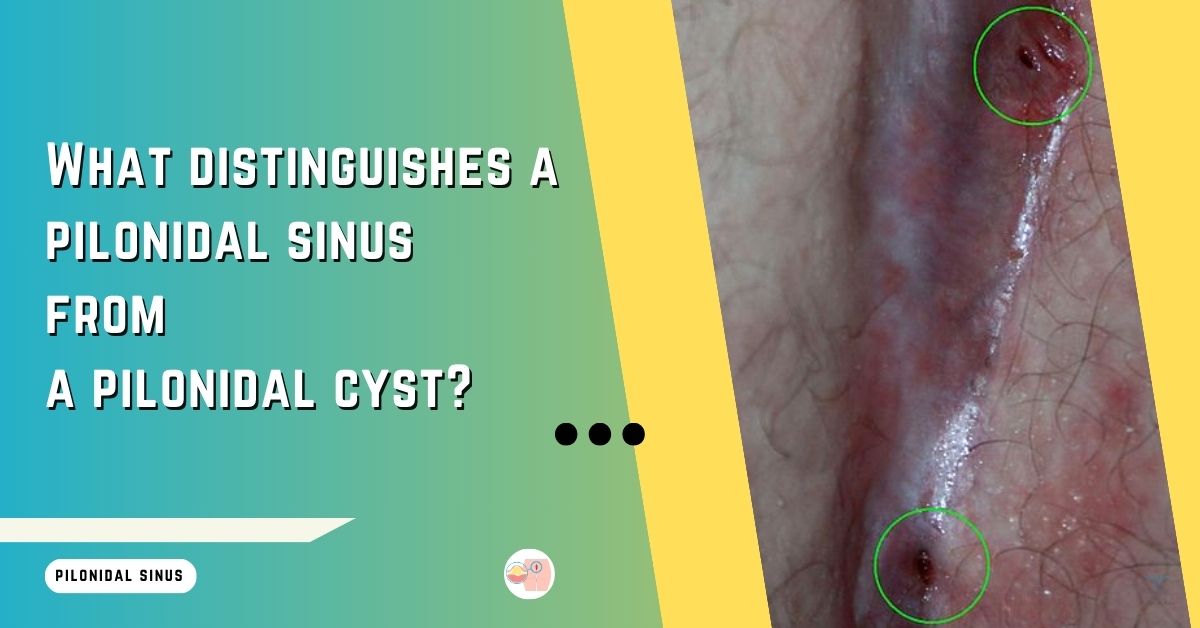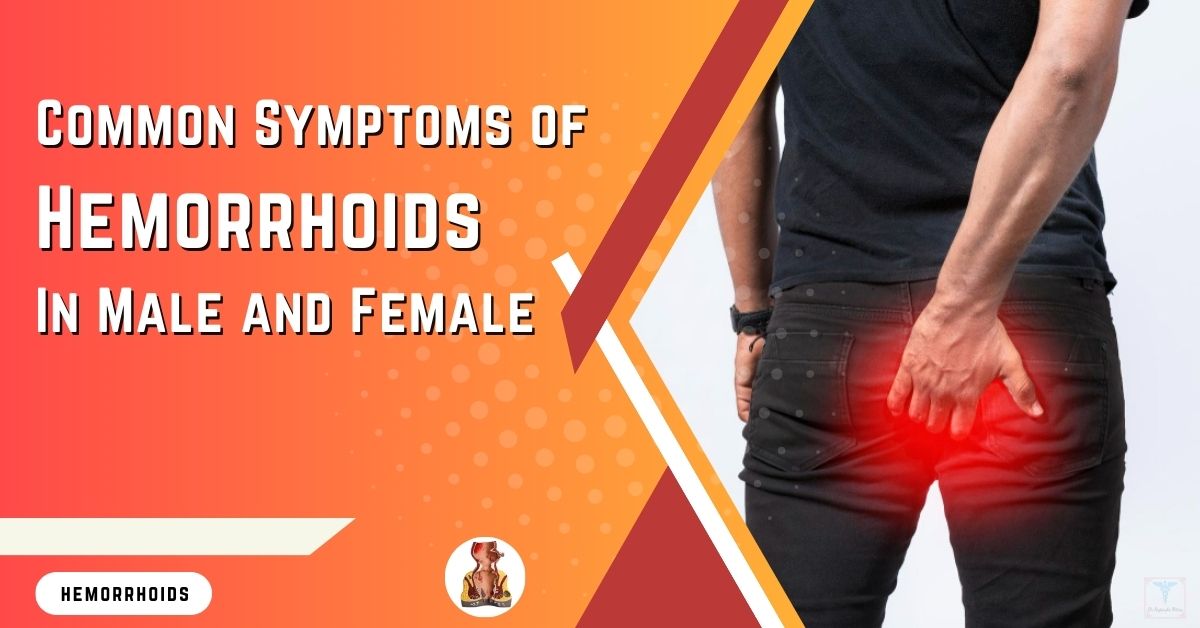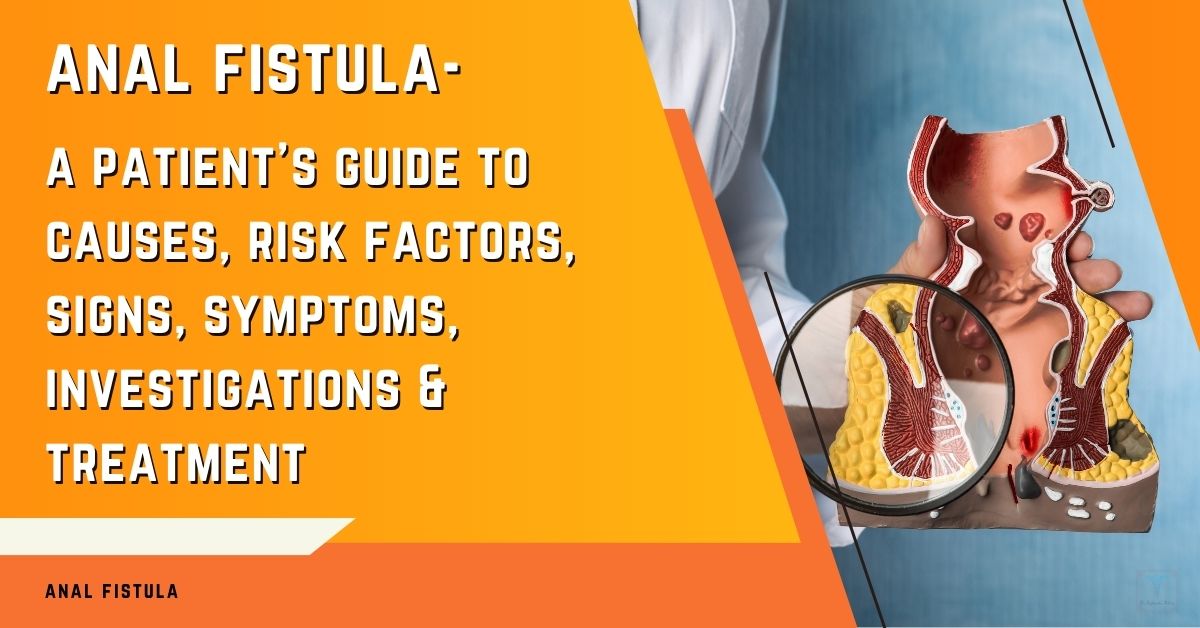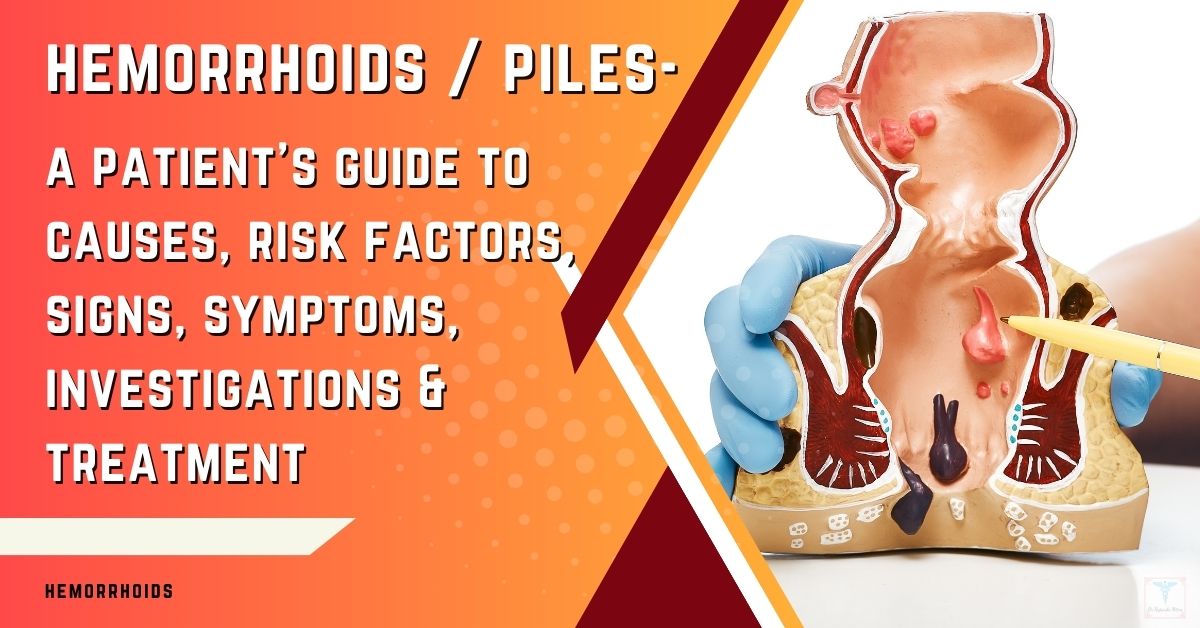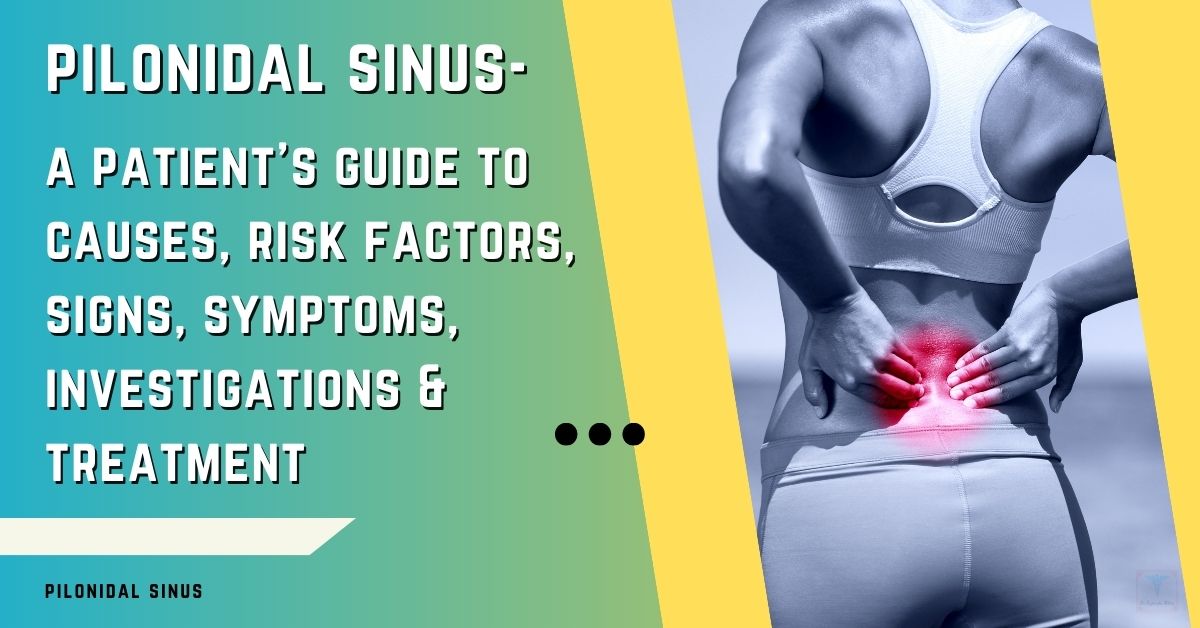A pilonidal sinus refers to a small infected tunnel or hole in the skin near the tailbone. When this channel becomes filled with material, it can cause pain, swelling, and drainage.
Understanding what collects inside a pilonidal sinus can help guide appropriate treatment.
Inside A Pilonidal Sinus: A Quick Overview
- Loose hairs and skin debris drive the formation of the sinus tunnel.
- Can contain pus, infected fluid, and blood from local inflammation.
- More extensive infection and contents worsen symptoms like pain.
- Imaging or visual inspection during surgery reveals internal contents.
- Treatment focuses on eliminating the source of infection and debris.
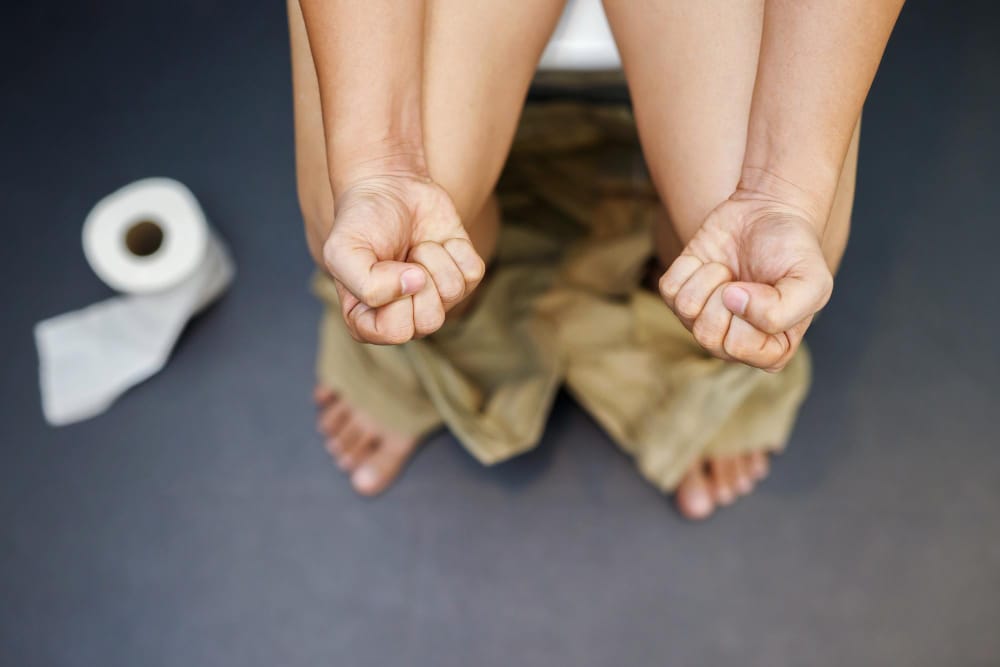
What Causes A Pilonidal Sinus To Form?
- Loose hairs and debris collect in the cleft between the buttocks.
- The material punctures the skin surface and gets embedded.
- Pressure and friction from sitting can worsen the problem.
- The body forms a small tunnel around the foreign matter.
What Types of Contents Are Found Inside?
- Loose hairs, skin debris, and dirt caused the tunnel.
- Puss, infected fluid, and blood from inflammation and abscess.
- Granulation tissue forms in response to the infection.
- Necrotic or dead tissue within chronic/neglected sinuses.
How Does The Material Impact Symptoms?
- More extensive infection and pus causes increased pain.
- Drainage of blood or pus from the sinus opening.
- There is a foul smell from drainage fluid with debris inside.
- Fever and fatigue if the infectious contents spread.
How Are The Internal Contents Diagnosed?
- Visual inspection of any drainage or openings.
- Imaging like MRI or ultrasound to view the tunnel.
- Examination under anesthesia to evaluate contents.
- Analysis of drainage samples in the laboratory.
Does The Content Affect Treatment?
- Antibiotics, if infected, drain any abscesses.
- Removal of all hair, debris, and necrotic tissue.
- Unroofing the sinus to heal from the inside out.
- Ongoing hygiene to avoid recurrent infection.
Final Note From Dr. Rajarshi Mitra
Do not hesitate to reach out to your surgeon if you experience severe pain, fever, or extensive drainage, as that may indicate an abscess needing urgent drainage.
They will determine the full contents during surgery and remove all infected material to help you heal properly. Let me know if you have any other questions in the meantime.

